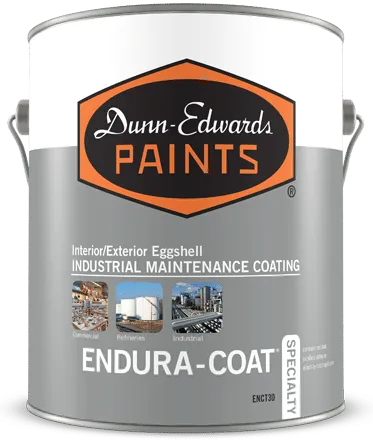Diving into Color
05/13/2019 | Dunn Edwards |
After decades of studies and research, there is little doubt that color affects us. Whether it’s a new shirt, a car, a dining room or even a community property, we are drawn to colors that make us feel a certain way — happy, calm, energized or comforted. And selecting the right color plays an important and powerful role, as it can create or dramatically enhance attractive features of a community.

A few steps to consider before selecting colors.
- Check with the homeowners association for any color restrictions.
- Research the style of property to find appropriate traditional color schemes for time-tested ideas that work.
- Think about colors that will complement architectural elements such as brick, siding, stone or roofing.
- Think about the architectural details you would like to highlight. Entry doors and shutters are a wonderful way to add a pop of color to any community.
Color Trends
When looking at color trends, a good thought to have is how long will this “trend” last. When making your color selection, will you want to repaint when the trend passes?
Earthtones are a tried and true set of colors that tend to work with most projects. As the name suggests, Earthtones work best within their surrounding environment. Pulling from a variety of beiges as a main color, you can introduce muted reds, greens and golds has accent colors.

Dusty neutrals or warm grays can provide a modern and contemporary look compared to other traditional neutrals. And just like their cooler gray counterparts, they work well with either subtle or bursts of colors for accents.

Jewel tones can create a dramatic and deep impact if carefully used. With a lighter main body, these colors can be used on entry doors, shutters, and/or trim. The purpose is to draw attention to these architectural elements. However, if one is brave, using a dark color for the body with lighter accents, could definitely be striking.

Pastels are a calming alternative to using jewel tones. You may remember pastels being popular in the 1980s. Well, as most things, they have made a comeback. These softer, near neutral tones can be used as a main body or accent color.

If you are selecting multiple schemes, making sure the whole palette works cohesively is important. A well-rounded palette will have some of the colors options above mixed in with grays and off-whites.

Once you have narrowed down your choices, it is always advisable to sample the colors. Because color may appear differently depending on the time of day, paint a section where the body, trim and accent colors can be viewed together. Then check the colors throughout the day to see how they look. See how the colors feel in the morning and evening. Which color best expressed your vision?
One of the most important things to remember when selecting colors: colors is subjective. Everyone interprets and sees color differently. However, using the above tools will help guide you in making the best color decision for your community.
Archive your color scheme selections with Color-Ark® Pro, an online index of homeowners association and commercial property colors. From color consultations to renderings and color palette assistance, learn how our Property Services Representatives can make your next re-paint a breeze!

Reprinted with permission from Community Associations Institute – Greater Los Angeles Chapter.
About the Contributor
Jamilla Davis is the Property Services Representative for Dunn-Edwards Paints in the Santa Clarita and East San Fernando Valley Region.















